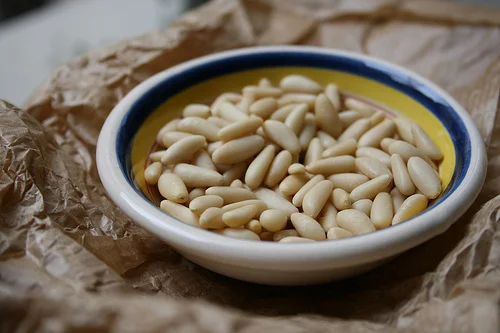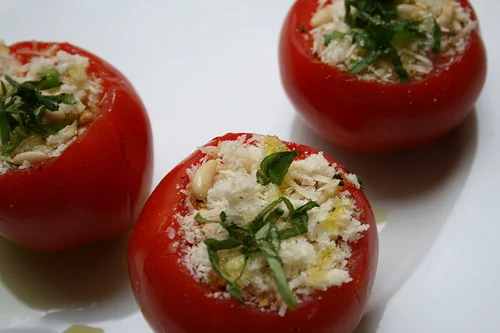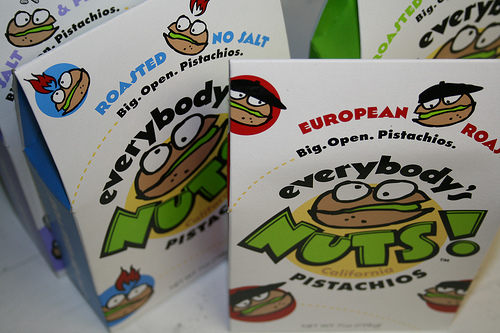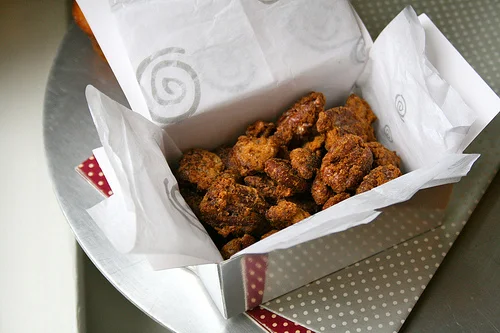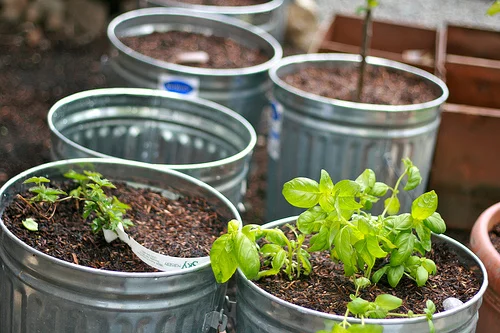crows poop out pine nuts?
Are you serious? This is what my son tells me... either that or the pine cones can be burned for a specified, short amount of time to get the cones to open---at which point you can extract the pine nuts (aka seeds). If it burns any longer, the seeds burn too. (Too much Animal Planet? National Geographic? Nature shows? Okay, so it got to the point where a trip to the zoo meant I just listened to my two sons spew animal-information at me---I preferred that to reading the little zoo-sign blurbs. But this? Is this going too far? I get to learn about animal scat and its relation to my kitchen)?
Is it normal? All I said was 1. I like pine nuts, and 2. they are really expensive. That makes you think of animals-pooping-pine-nuts too, right? I mean the first thing that pops into my mind is pesto or the buttery nutty smell that wafts through my kitchen while I am toasting pine nuts in my skillet. But I also said 'expensive'. So his brain does a simple, routine data-mining for pine nuts + costly and sure enough: supply and demand means they are a lot of work to harvest for very small seeds... oh yeah: pooping birds.
And there you go.
Now you can share in this glorious detail with me.
And no doubt the next time you see pine nuts, toast them or skim an article stating their high cost: you too will think of pooping birds. Bird poop often has seeds and nuts... natures' way of replanting.
For actual harvesting-to-eat, here is the age-old sing song. Its like this: when cones open naturally on the trees, the insects, trees, animals and birds ate them. Humans needed to intervene before the cones opened, to add these protein-rich seeds to their diets. They harvested the seeds (they ARE actually seeds not nuts) from 'green' pine cones---before they opened. This involved applying heat to the pine cones plus efforts of an entire community.
First they made tools to take the green pine cones off trees. Then they roasted the cones near the fire, then they beat them to extract the shelled seeds; next they toasted the shelled seeds, then under stones removed the shells so as not to hurt the nut-meats. Because pine nuts spoil easy, early pioneers would dry and toast the nuts for longer storage. Today's pine cones are opened by placing them in bags to heat them in the sun.
A little more: pine nuts contain pinoleic acid, which stimulates hormones and helps diminish your appetite. They also have 'healthy fat' aka oleic acid which is good for your heart. Pine nuts are a source of magnesium (good for cramps, tension, fatigue), iron and potassium. If fresh, store in refrigerator so they don't spoil. Pine nuts are often toasted to bring out their flavor.
I recently used pine nuts to stuff oven-roasted tomatoes. They are great toasted and sprinkled on top of this tiny tower of vegetables and of course they are key to pesto. And I cannot, not remind you of this brilliant pine-nut-centered, assembly only appetizer.

